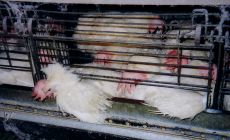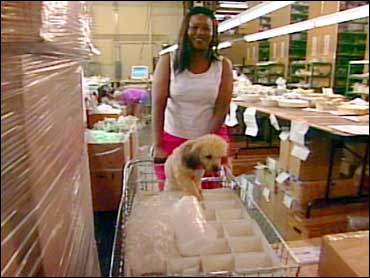LAY OFF SIPADAN. NOW HOW ABOUT LAY OFF TEMENGOR?
We need more leaders with a heart of gold who is interested in preserving our rich natural heritage than building the tallest buildings or other structures adding to the concrete jungle and polluted environment none of us really want to live in.
RSC's letter to the STAR in response to their fabulous front page story called "Lay-Off Sipadan" on July 27, 2006.
THANK YOU, MR PRIME MINISTER
I refer to your report entitled, Lay off Sipadan (The Star, July 27). The Prime Minister’s call to stop the RM4.5 million clubhouse project, at Pulau Sipadan, could not have come at a better time, as our environment is being raped and plundered, and wildlife displaced all across Malaysia.
Pulau Sipadan was at the top of the renowned Rodale's Scuba Diving Magazine Gold List for The Top Dive Destination in the World.
When the barge laden with construction materials meant for the club house project, scraped off a coral patch the size of two tennis courts, at Sipadan, on May 14 this year, Datuk Musa Aman, still continued with construction under methods he called “environmental friendly”.
This word “environmental-friendly” seems to be the license used by some officials and Government leaders to legally kill our precious environment, which the Prime Minister rightfully called, “a gift from God”.
Today, Sipadan is on the world map, not for Musa’s RM4.5 million club house, but for the coral reefs which this construction project so thoughtlessly destroyed. What good is a clubhouse if the island’s main lure – its pristine ocean and underwater treasures – are gone?
If the Sabah Government forced resort operators to tear down their chalets on Sipadan and evacuate the island last year (The Star, July 7), how can they justify putting up a clubhouse there?
Whose interests are they serving? The public or individual interests?
In yet another incident front-paged in The Star on July 16, two Sabah forest reserves supposedly bequeathed as “Malaysia’s biodiversity gift to the world” by 2007, are now set to be logged.
Yayasan Sabah, through its subsidiary Rakyat Berjaya Sdn Bhd, will allow contractors to log 30 percent of the Malua and Ulu Segama reserves. The other 70 percent has already been logged. So what exactly is there left to bequeath to the world?
Unfortunately, this devastation our government calls development is not only happening in Sabah.
The 130 million-year-old Belum Temenggor rainforest in Perak, is also being logged. It is older than the Amazon jungle and Congo and the Malaysia Nature Society (MNS) states that every time a scientific expedition is held there, at least one new specie is discovered or rediscovered.
It is the only place in the world where 10 different species of hornbills congregate and is filled with animals on the world’s endangered list.
According to the MNS, logging in Belum Temengor will yield between RM58 million to RM250 million annually. However, it can yield about RM1.2 billion annually if it is turned into an eco-tourism paradise offering various products and ecological services.
Logging is a one time income. Once the trees have all been felled, the income will be gone, but this RM1.2 billion revenue can be reaped annually.
It makes no sense for the Perak Government to prefer a one-time profit from logging and reject a billion ringgit annual income.
Their decision so defies logic that once again, we have to examine our hearts and ask whose interests are we serving?
We call on our Prime Minister to please also examine logging rights in other extremely precious sites such as Belum Temengor, which is not just as a national heritage, but world heritage.
For environmentalists, it is now a race against time. Belum Temengor’s pristine rivers are now brown from silt and clogged by felled logs. The world’s largest flower, the Rafflesia, is carelessly trodden underfoot by loggers.
Wildlife is fleeing deeper and deeper into the forests, and soon they too will be wiped out through starvation or poaching or find new homes inside cages.
Is logging really worth all of this, when preservation can give the country so much more – financially and spiritually?














